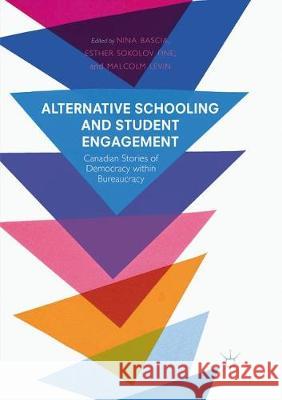Alternative Schooling and Student Engagement: Canadian Stories of Democracy Within Bureaucracy » książka
topmenu
Alternative Schooling and Student Engagement: Canadian Stories of Democracy Within Bureaucracy
ISBN-13: 9783319853543 / Angielski / Miękka / 2018 / 281 str.
Alternative Schooling and Student Engagement: Canadian Stories of Democracy Within Bureaucracy
ISBN-13: 9783319853543 / Angielski / Miękka / 2018 / 281 str.
cena 100,60
(netto: 95,81 VAT: 5%)
Najniższa cena z 30 dni: 96,35
(netto: 95,81 VAT: 5%)
Najniższa cena z 30 dni: 96,35
Termin realizacji zamówienia:
ok. 22 dni roboczych
Bez gwarancji dostawy przed świętami
ok. 22 dni roboczych
Bez gwarancji dostawy przed świętami
Darmowa dostawa!
Kategorie:
Kategorie BISAC:
Wydawca:
Palgrave MacMillan
Język:
Angielski
ISBN-13:
9783319853543
Rok wydania:
2018
Wydanie:
Softcover Repri
Ilość stron:
281
Oprawa:
Miękka
Wolumenów:
01











